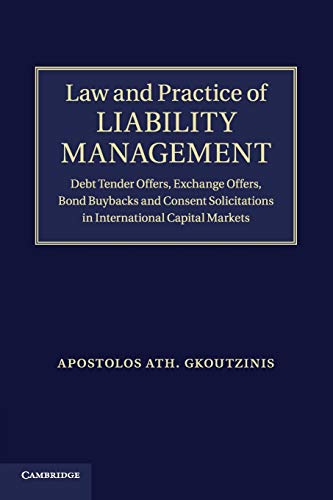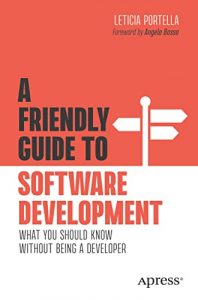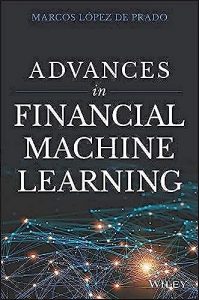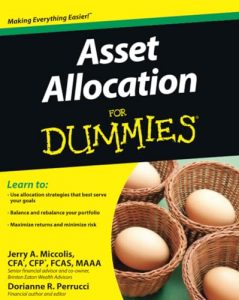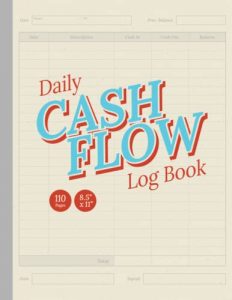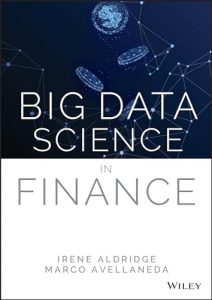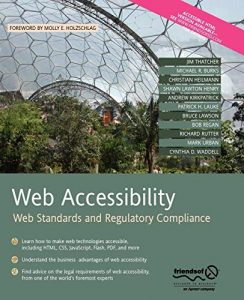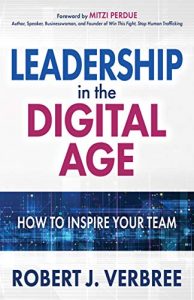1. Law and Practice of Liability Management: Debt Tender Offers, Exchange Offers, Bond Buybacks and Consent Solicitations in International Capital Markets
Authored by Apostolos Ath. Gkoutzinis, this book is a treasure trove for anyone looking to navigate the complex world of liability management in international capital markets. It provides meticulous insights into debt tender offers and bond buybacks, offering readers a comprehensive understanding of how these tools operate within capital markets. This is not just a theoretical guide; it’s a practical manual designed for practitioners. With current market realities in constant flux, this resource stands as a must-have for both budding finance professionals and seasoned experts looking to sharpen their strategies.
2. The Economics of Sovereign Debt and Default
Written by Mark Aguiar and Manuel Amador, this book from the CREI Lectures in Macroeconomics series examines the profound implications of sovereign debt and the factors leading to defaults. Ideal for scholars and policymakers alike, it elucidates the intricate relations between economic strategies and sovereign lending dynamics. Each chapter dives deep into theoretical frameworks, making abstract concepts accessible through real-world examples and detailed case studies. If you are committed to understanding this critical aspect of global finance, this book is an essential read.
3. Corporate Finance Demystified 2/E
Troy Alton Adair simplifies the often daunting world of corporate finance in this incredibly informative volume. Suitable for a range of readers from students to professionals, this book breaks down complex concepts into easy-to-understand segments. It’s filled with practical examples and problems that steer you through the decision-making processes in corporate finance, fostering confidence in handling finance-related dilemmas. Whether you are pursuing a career in finance or just wanting to enhance your knowledge, this book deserves a top spot on your reading list.
4. A Guide and Tool for Projecting Public Debt and Fiscal Adjustment Paths
This publication, authored by Leonardo Martinez and Santiago Acosta Ormaechea, serves as an invaluable resource for economists and financial policy makers. It focuses on projecting public debt alongside fiscal adjustments, enabling readers to grasp the interactions of local and foreign-currency debts effectively. The algorithms and tools provided within the guide are dynamic, allowing for easy application in various fiscal scenarios. Given the rising global debt challenges, this insightful work is essential for informed decision-making in public finance.
5. Beginner’s Guide to the Indian Debt Market
In his upcoming release, Rajiv Shastri demystifies the intricacies of fixed income investing within the Indian context. This guide is tailored for newcomers seeking clarity and understanding of the Indian debt market. With useful insights, tips, and practical applications, it prepares readers to embark on their investment journey with confidence. The book’s approachable language and structured format make it an engaging read, not just a textbook. If you are keen to explore debt investing in India, make sure this book is on your shelf.
6. Financial Instruments and Markets: A Casebook
Co-authored by George Chacko, Vincent Dessain, Peter Hecht, and Anders Sjoman, this casebook presents a broad spectrum of financial instruments. It applies real-world scenarios to theoretical concepts, enhancing your ability to understand and navigate financial markets. Each case is relevant and offers not just theoretical but practical insights. This book serves as an essential reference for finance professionals who wish to connect classroom learning to real-life applications in the market.
7. The Venetian Money Market: Banks, Panics, and the Public Debt, 1200-1500
Reinhold C. Mueller introduces readers to a fascinating historical analysis of the Venetian money market, exploring its impact on modern banking. This book not only highlights the role of banks during the medieval period but also discusses their involvement in public debt management. Its historical context provides essential insights into how financial systems evolved, making it a crucial read for anyone interested in finance as well as history. This unique blend of history and finance deserves recognition among scholars and enthusiasts alike.
8. The Freedom Manifesto: How to Free Yourself from Anxiety and Debt
Tom Hodgkinson’s book transcends typical finance literature by addressing how financial freedom can yield personal liberation. He discusses anxiety, fear of debt, and societal pressures, providing a philosophical approach to financial well-being. Each chapter encourages readers to rethink their relationship with money and debt, fostering a more holistic understanding. This manifesto is not merely about finances but delves into personal growth and happiness in tandem with monetary management.
9. World Economic Outlook: Public Debt in Emerging Markets
The International Monetary Fund presents a thorough assessment of public debt within emerging markets in this insightful report. It equips readers with an understanding of the current trends and challenges linked to public debt, enhancing policy discussions among economists and government officials. By highlighting specific case studies, it empowers readers to draw parallels with their own contexts. If you are engaged in economic policy or finance, this should be included in your essential readings.
10. The Incredible Eurodollar: Or Why the World’s Money System is Collapsing
Hogan and Pearce dive deep into the workings of the Eurodollar system, presenting a critical analysis of its implications on the global financial landscape. They relay fascinating insights into how these financial dynamics operate and why understanding them is crucial for investors and policymakers alike. This book sheds light on complex financial structures, revealing the intricacies behind our money system and making it an indispensable read for those keen to grasp the nuances of modern finance.

